PPT-Some animals are born early, and acquire a “second nature
Author : faustina-dinatale | Published Date : 2016-05-05
catterpillars become butterflies infants become speakers of human languages whose meaningful expressions can be used in thought and communication Metamorphosis
Presentation Embed Code
Download Presentation
Download Presentation The PPT/PDF document "Some animals are born early, and acquire..." is the property of its rightful owner. Permission is granted to download and print the materials on this website for personal, non-commercial use only, and to display it on your personal computer provided you do not modify the materials and that you retain all copyright notices contained in the materials. By downloading content from our website, you accept the terms of this agreement.
Some animals are born early, and acquire a “second nature: Transcript
Download Rules Of Document
"Some animals are born early, and acquire a “second nature"The content belongs to its owner. You may download and print it for personal use, without modification, and keep all copyright notices. By downloading, you agree to these terms.
Related Documents

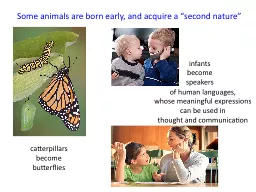
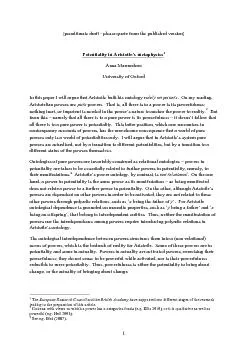
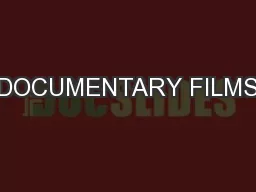
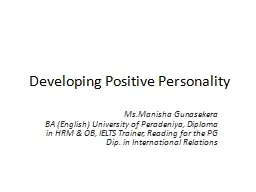
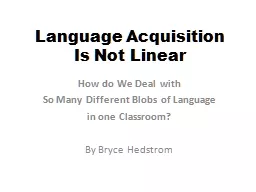


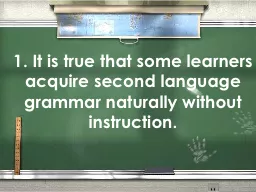
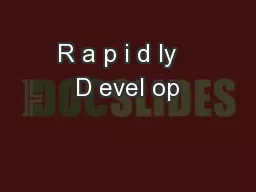
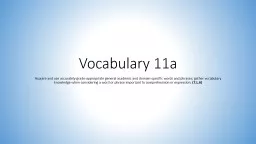
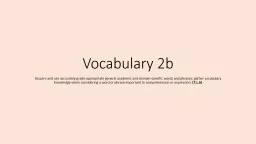
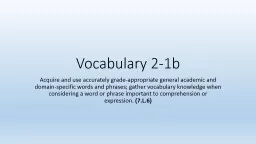
![[READ]-Some We Love, Some We Hate, Some We Eat [Second Edition]: Why It\'s So Hard to](https://thumbs.docslides.com/958172/read-some-we-love-some-we-hate-some-we-eat-second-edition-why-it-s-so-hard-to-think-straight-about-animals.jpg)
